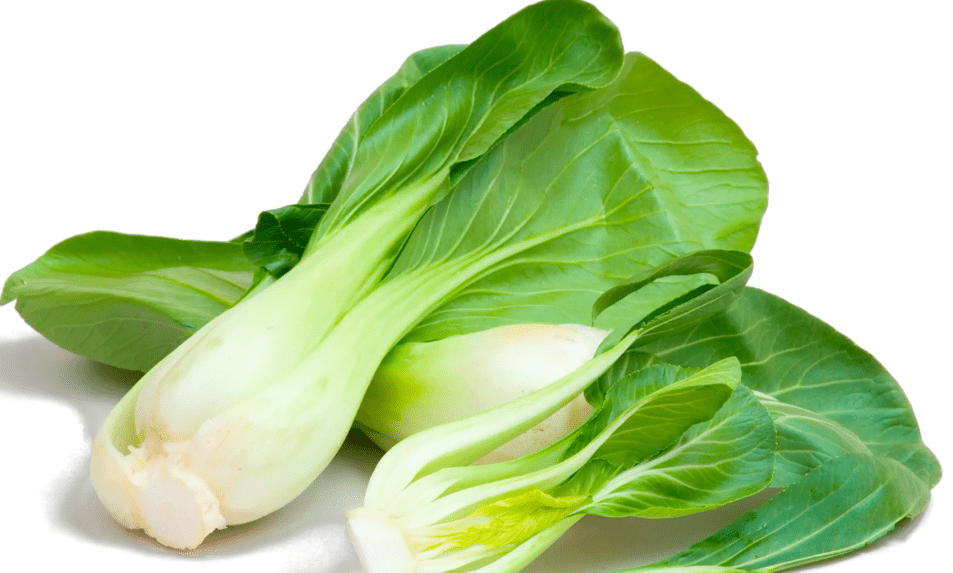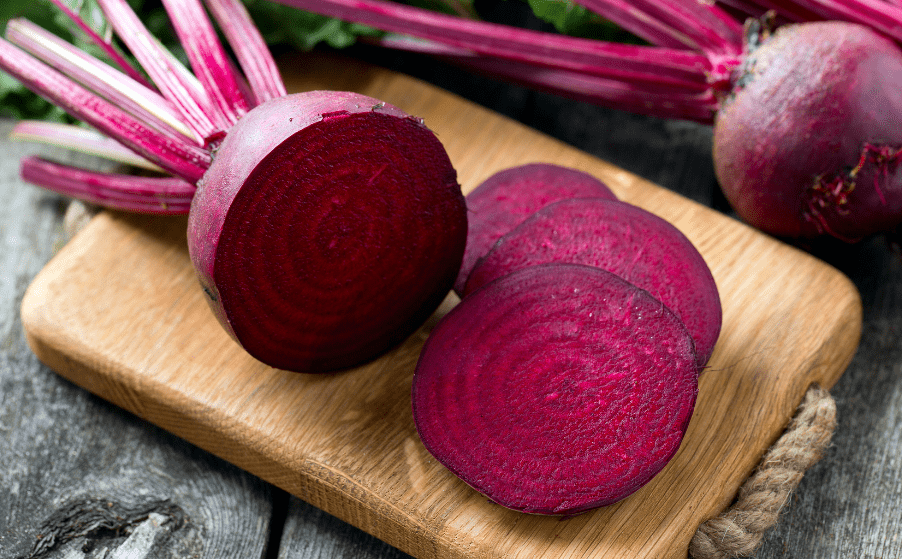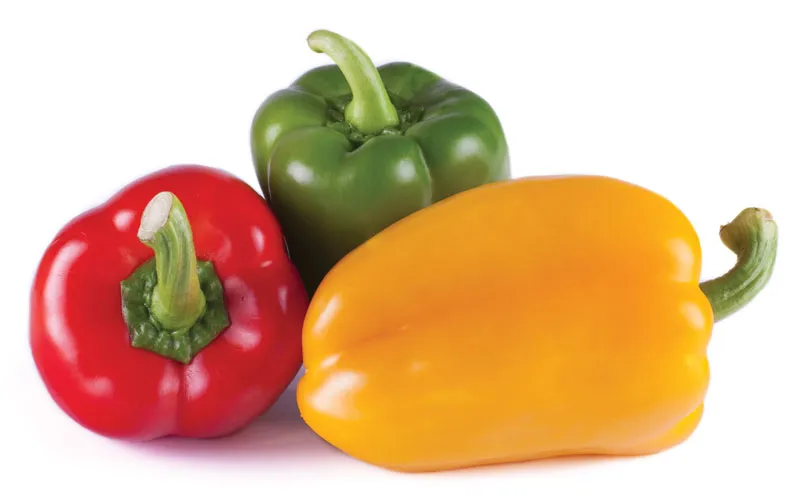
Bok choy is a variety of Brassica rapa, which is also known as spoon cabbage, pak choi, bak choi, or Chinese cabbage. Brassica rapa is a member of the mustard family. Others have highly white-veined leaves and thicker stems; sizes can range from just over 1 inch to around 8 inches. Some plants have lighter green leaves and thicker stalks. However, bok choy typically has a distinct appearance: the smooth, juicy white stems that give the vegetable its name contrast dramatically with the green, ruffled leaves.
Varieties
The leaves of “Black Summer” are particularly dark. In the autumn, it is planted, and in the winter, it is harvested.
‘Ching-Chiang’ is a fast-growing dwarf that can withstand the chilly conditions of early spring.
The medium-sized plant “Joi Choi” has good bolt resistance.
A dwarf variant called “Mei Qing Choi” grows in under 35 days.
A cultivar known as “Win-Win” has extra-large, dense heads and is slow to bolt.

Uses
Bok choy can be cooked by boiling, steaming, stir-frying, or by adding it to dumplings. Compared to many other Brassicaceae species, all bok choys have a mild flavour that is occasionally slightly bitter.
Nutrition
The uncooked vegetable contains less than 1% fat, 2 percent carbohydrates, 5% water, and 95% water. Raw bok choy contains 54 kJ of food energy per 100 g of reference serving and is a rich source of vitamins A, C, and K while also supplying folate, vitamin B6, and calcium in moderate amounts.
Cultivation
In hotter climates, plants thrive in full sun or with a little midday shade. In damp soil that retains moisture effectively, they will thrive. Bok choy and other brassicas can come after legumes in a crop rotation. If space is restricted, they can also be cultivated in huge pots.
Table





